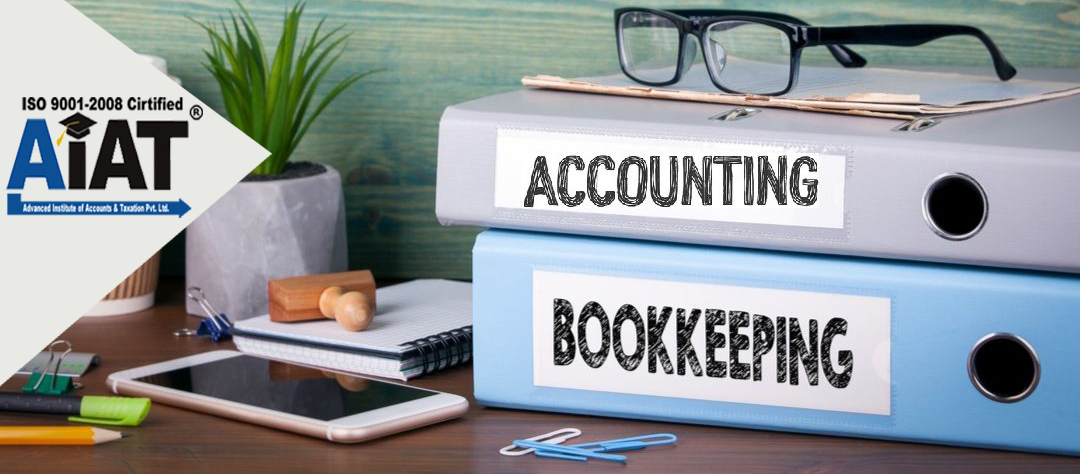Introduction
GST is the new indirect tax system in India. GST was first introduced in India on July 1, 2017. It is a single tax on the supply of goods and services, from the manufacturer to the consumer.
GST is levied at every stage of the supply chain, with credits available for the tax paid at each stage. This ensures that the final consumer bears the burden of only the GST on the value addition at each stage.
In This article will discuss different types of GST and their respective rates in India.
Overview of Goods and Services Tax (GST) in India
Goods and Services Tax or GST is an indirect tax levied on the supply of goods and services in India. The tax is levied at every stage of the supply chain, from the manufacturer to the final consumer.
The central government introduced GST in India on July 1, 2017, as a replacement for all the indirect taxes that were being levied previously. The idea behind GST was to create a uniform tax system in India that would make doing business easier and more efficient.
Under GST, there are five slabs of tax rates: 0%, 5%, 12%, 18% and 28%. These rates apply to both goods and services. There are certain goods and services that are exempt from GST, and there are also certain items that have been placed in the highest slab of tax.
What Are the Various Types of GST?
There are four types of GST: Central GST, State GST, Integrated GST, and Union Territory GST. CGST will be levied by the Central government, SGST will be levied by the State governments, and IGST will be levied by the Central government on inter-State supply of goods and services. UTGST will be levied by the Union Territories.
The rate of CGST will be 10%, while the rates of SGST and IGST will be 10% each. The rate of UTGST will be 9%.


